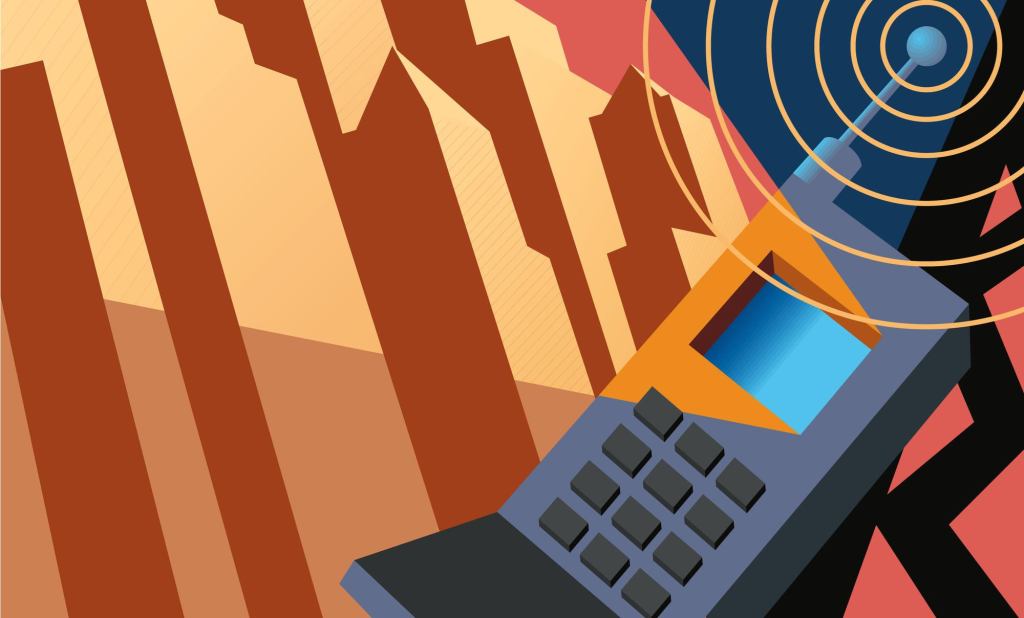Now, with demand for reception-friendly properties growing, apartment owners and developers are focused on finding ways to both measure and improve cell reception across their portfolios—and reaping the leasing and renewal momentum that comes as a result.
Reception-Hungry Residents
So how important is call connectivity to apartment residents? While the market-rate side is somewhat bereft of statistical data, recent surveys of residents at multifamily student housing properties indicate that cell phone reception lags only shelter itself as the primary concern of chatty renters. According to a technology usage survey of some 52,000 student residents at 130 campuses conducted in January by Houston-based J Turner Research, student residents rank cell phone reception ahead of Internet service, gyms, pools, and community clubhouses as their most important apartment amenity. In fact, only the desire for larger bedroom sizes eclipses their craving to make calls without reception hindrances.
Can You Hear Me Now?
Cell phone reception is quickly becoming a critical amenity. Here’s how to boost your signal before your residents hang up on you.
Walk the Walk. The only way to determine cell reception at apartment communities is to physically walk the property. Reception audits need to be completed post-construction to account for all signal-blocking material and infrastructure, but they can reveal unit-by-unit and carrier-by-carrier reception levels.
Audit Your Sites. The heyday of cell phone tower deployment is on the wane. An audit of your property portfolio can quickly determine if you have sites that are suitable for tower installs and the lucrative air-rights leases that come with them. But be prepared for signal saturation that might render your site unnecessary to carriers.
Raise Your Antennae. Distributed antenna systems (DASs), also known as repeaters, will capture and amplify ambient cellular signals. While the units are highly effective, they involve up-front install costs and spectrum lease agreements from service carriers.
Get the Word Out. While the prospect of marketing full-bar properties is still in the nascent stages, some operators (particularly in student housing) are already sold on it and think the costs of DAS installs can be more quickly recouped by advertising cell reception, where warranted.
“We really have the most powerful bandwidth users in the world,” says Scott Casey, vice president of IT for Memphis, Tenn.–based Education Realty Trust (EDR), which had several communities participate in the J Turner survey. “Our residents constantly challenge and stress our technology to the limits, and they are collectively moving in with all different cell providers and all want to walk in the door and have five bars.” As a result, EDR has entered into an agreement with Boston-based American Tower to investigate signal-boosting tactics across the EDR portfolio. “We’re looking at opportunities to put cell towers on top of our buildings and/or install repeaters to improve the signal in the building,” Casey says. “Ultimately, we think it will provide a great marketing opportunity for us to be able to say we are a five-bar property.”
Specialist companies such as American Tower—which boasts a portfolio of 32,000 towers, 2,000 managed rooftops, and a variety of in-building and outdoor DAS networks—are one avenue for multifamily shops to begin addressing reception issues, and they typically provide services that include cell tower site selection and installation services as well as DAS network management.
